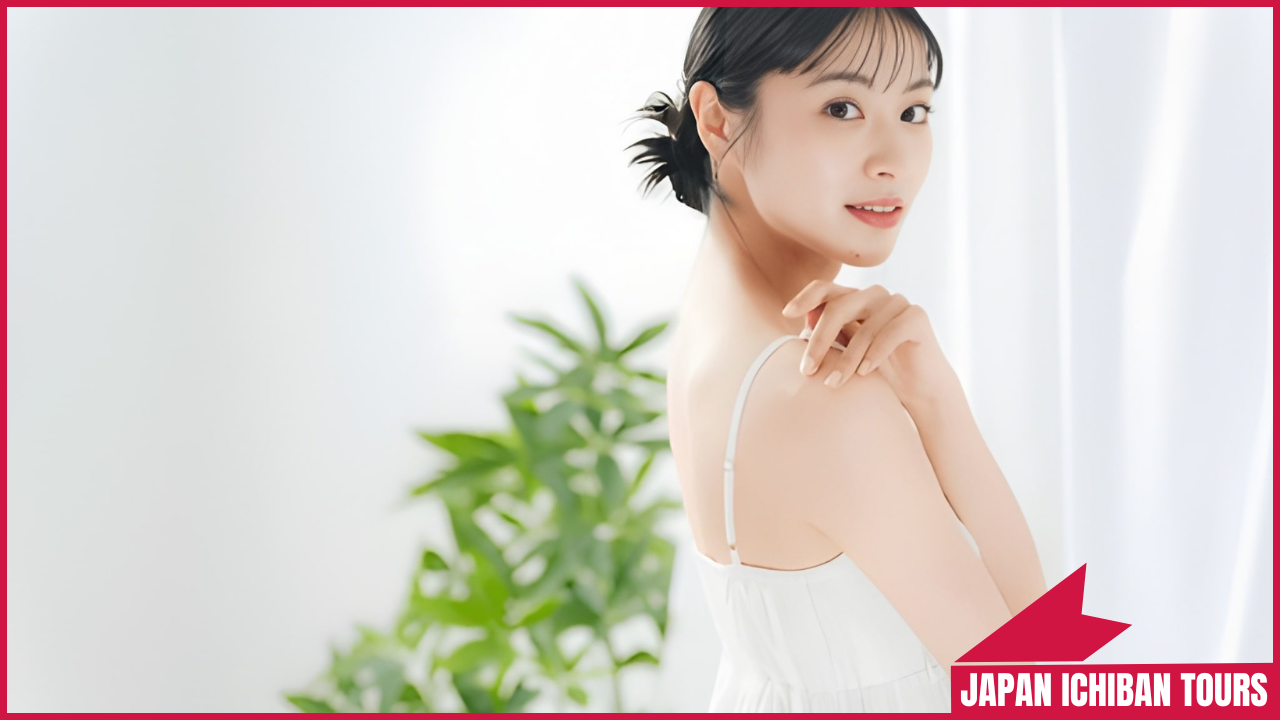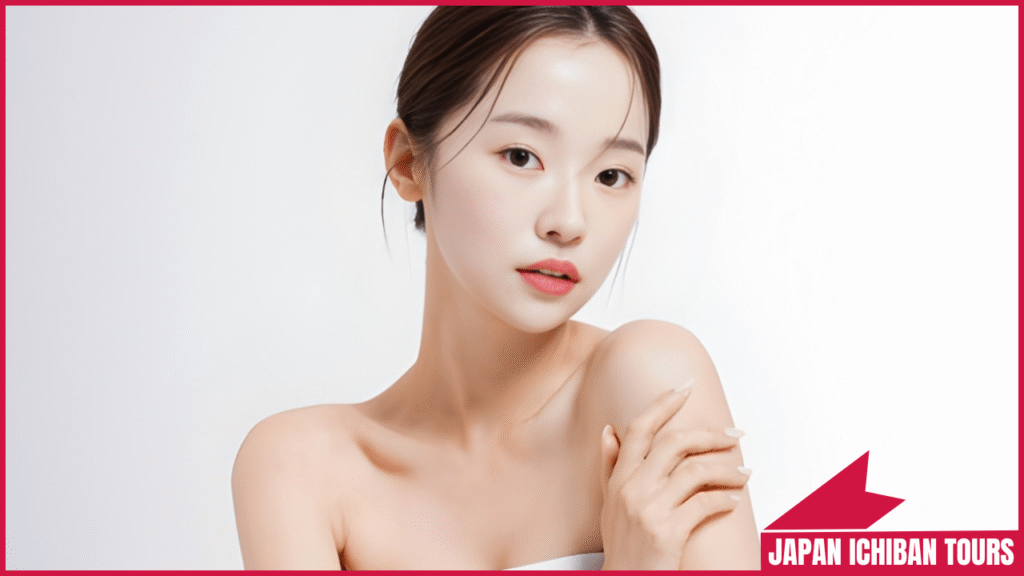
Skin whitening, known as bihaku in Japanese, has deep roots in Japan’s beauty culture, symbolizing purity, elegance, and social status for centuries.
In 2025, this tradition evolves with advanced, safe skincare innovations that focus on achieving translucent, radiant skin rather than drastic lightening.
This guide delves into the historical significance, popular products, and contemporary cultural perspectives, highlighting how Japan balances ancient ideals with modern science for healthy, even-toned complexions. Best Things to Do Around Mt. Fuji in 2025 at Japan
Japan’s affinity for light skin dates back to the Heian period (794–1185), where fair complexions were celebrated in literature like The Tale of Genji and The Pillow Book, embodying femininity and nobility. The proverb “white skin covers the seven flaws” (iro no shiroi wa shichinan kakusu) reflects this ideal, suggesting pale skin enhances overall beauty. During the Nara period (710–794), women used oshiroi, a white powder, to achieve porcelain-like faces, influenced by Chinese and Korean customs. In feudal times, light skin signified wealth and indoor lifestyles, contrasting with tanned field workers.
Traditional methods included uguisu no fun, a nightingale droppings paste used by geisha for gentle exfoliation and brightening, though now a luxury item. Rice bran (koji) and sake, containing kojic acid, were staples for natural lightening, promoting smooth, even tones. These practices emphasized harmony and natural enhancement, aligning with wabi-sabi aesthetics of imperfection and subtlety. By the Meiji era (1868–1912), Western influences led to bans on toxic lead-based oshiroi due to health risks, shifting toward safer, translucent looks. This evolution reflects Japan’s commitment to beauty as a marker of health and refinement, not just appearance.
In 2025, Japan’s skin whitening products, classified as quasi-drugs (iyakuhin buaihin), are rigorously regulated by the Ministry of Health, Labour and Welfare, ensuring safety and efficacy. These products focus on inhibiting melanin production, fading hyperpigmentation, and promoting even tone without harmful bleaching agents like hydroquinone or mercury, which are banned. The market emphasizes bihaku—beautifully white—achieved through gentle, science-backed formulations.
Key ingredients include:
Top products include Hada Labo Shirojyun Premium Whitening Lotion (~$20), with tranexamic acid and hyaluronic acid for hydration and brightening, and Shiseido HAKU Melano Focus Serum, featuring patented 4MSK for spot reduction. Creams like Meishoku Whitening Essence (~$15) target eyes and aging spots with placenta and vitamin E. The market favors multi-functional items, such as sunscreens with whitening agents (SPF 50+ PA++++), reflecting Japan’s UV obsession. In 2025, trends lean toward natural, organic options like those with rice bran or sake extracts, aligning with clean beauty movements. Brands like Kao Curel shift to “brightening” terminology to promote diversity, though bihaku remains popular.

Japan’s preference for light skin predates Western influence, rooted in Heian-era literature where pale complexions symbolized nobility and femininity. The proverb “white skin covers the seven flaws” underscores this, associating fairness with beauty and purity. Historically, tanned skin signified manual labor, while pale skin denoted indoor, elite lifestyles. This dichotomy of “white” (us, pure) vs. “black” (other, laborer) persists culturally, though not racially tied to Western whiteness.
Bihaku, coined in the 1990s, embodies “beautifully white” skin—translucent and blemish-free, not milky pale. It’s linked to health, youth, and femininity, with media and cosmetics reinforcing it. Subcultures like gyaru briefly rebelled with ganguro (tanned looks) in the 1990s–2000s, but bihaku dominates. In 2025, while some brands like Kao shift to “brightening” amid diversity discussions, whitening products thrive, driven by UV protection needs and cultural ideals. Women use parasols, hats, and whitening creams to maintain “porcelain” skin, viewing it as self-care and social harmony. This preference influences everything from advertising to subcultures, though global movements challenge it.
Skin whitening in Japan, rooted in centuries-old traditions of bihaku, reflects cultural values of purity and refinement. Modern products, regulated for safety, use ingredients like kojic acid and arbutin to achieve radiant, even-toned skin without harm. While evolving with diversity awareness, bihaku remains a staple, blending heritage with innovation for healthy beauty in 2025.
Is skin whitening safe in Japan?
Yes, regulated quasi-drugs use approved ingredients like arbutin, avoiding toxic substances.
What is bihaku?
Bihaku means “beautifully white,” focusing on translucent, blemish-free skin rather than bleaching.
Why is light skin preferred in Japanese culture?
Historically, it symbolized nobility and purity, distinguishing elites from laborers.
What are common whitening ingredients?
Kojic acid from rice, arbutin from bearberry, and vitamin C derivatives inhibit melanin.
Has the trend changed in 2025?
Some brands use “brightening,” but bihaku products remain popular for even tone.

Discover Japan Like Never Before 🇯🇵








Copyright © 2025 Japan Ichiban Tours | made with ❤️ by ideavire.com
Please select a template first

0 Comments